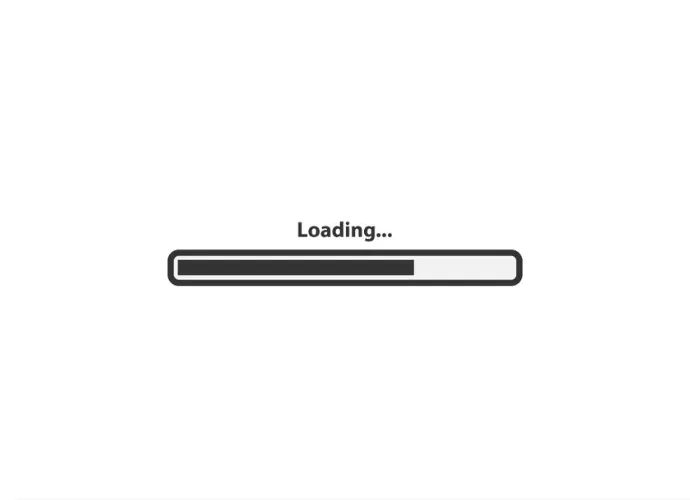What do we think?
What is website load time?
In simple terms, it’s how fast all content on a web page loads.
Load time refers to how long it takes for a website, or web page, to fully load and appear on the screen. This includes all content on the page, including text, images and videos.
As we know, technology is continually developing. With so many sites at their fingertips, today’s online users don’t have to suffer slow websites. If one of your pages doesn’t appear lightning-fast, chances are your customer will get fed up and leave.
Google revealed that as much as 53 percent of users are likely to abandon a mobile site if it takes longer than three seconds to load.
Avoiding a negative Image
Reputation is everything, and it’s what will keep your clients coming back. One of the most damaging aspects of having a slow-loading website is the long-term effect on your company’s image.
As indicated above, users are unlikely to take the time to engage with your site if it is taking a long time to load. What’s worse, this experience lingers. Therefore, even if you realise the importance of rectifying your site’s slow-loading time and fix it, you would have an uphill task attracting visitors.
Load times and SEO
Page load time is a ranking factor, so it is an essential metric for most SEO experts.
If your website loads in 5 seconds, it is faster than 25% of sites on the internet. A site that loads in 2.9 seconds is faster than 50% of the websites in the webspace. A site that loads in 0.8 seconds is faster than 90% of the websites on the web.
Just a point-second delay can negatively impact the traffic of a website, and a three-second delay results in website traffic dropping to 7.9%!
The assumption that users have is “if it’s fast, then it must be professional”. But as humans, we often link a slow website to a lack of credibility, which may hurt your brand in the long run.
A fast page load time is essential for a website and an important component of user experience
If you’re sick of waiting for your website to load, our agency is here to sort that for you, drop us a message!
We connect emotion with design, discover what counts and focus on what matters.
how we work
